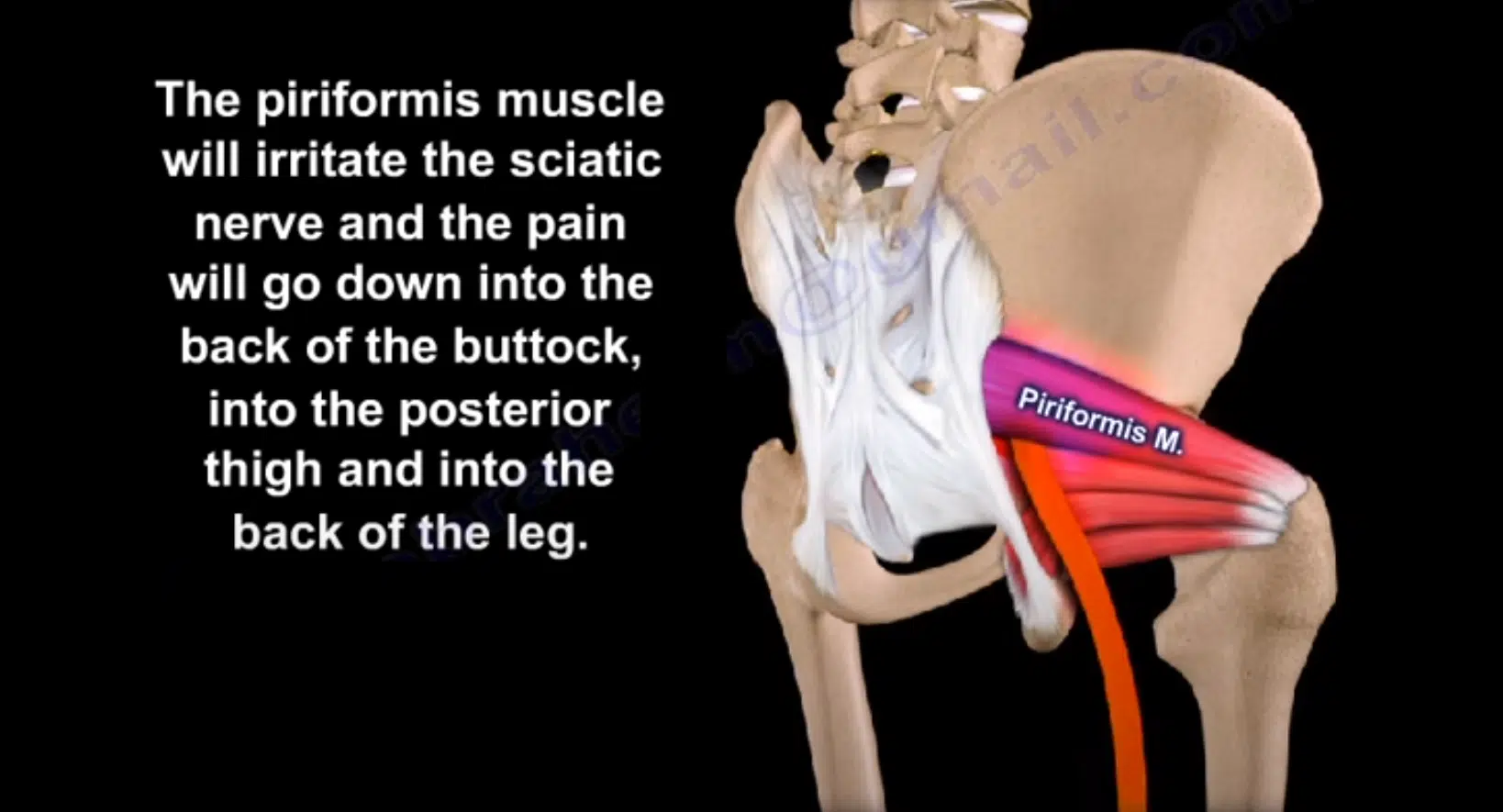This neuromuscular disorder occurs when the piriformis muscle, a small muscle located deep in the buttock region, irritates or compresses the sciatic nerve. The result is pain, tingling, or numbness in the buttocks and along the path of the sciatic nerve, descending down the lower thigh and into the leg, often mistaken for sciatica.
Symptoms of piriformis syndrome can include a dull ache in the buttock, pain radiating down the back of the thigh, lower leg, and foot, and difficulty sitting comfortably or walking. Symptoms might intensify after prolonged sitting, walking, or running, and can also be triggered by lifting or climbing stairs.
Treatments for piriformis syndrome often involve physical therapy, which includes exercises to help stretch the piriformis muscle and reduce nerve compression. Pain relief might also be achieved through the application of heat or cold to the affected area. In more severe cases, medications, such as anti-inflammatories or muscle relaxants, may be prescribed, and in rare instances, surgery might be recommended.
For more on piriformis syndrome, please see SpineInfo’s long form article.
